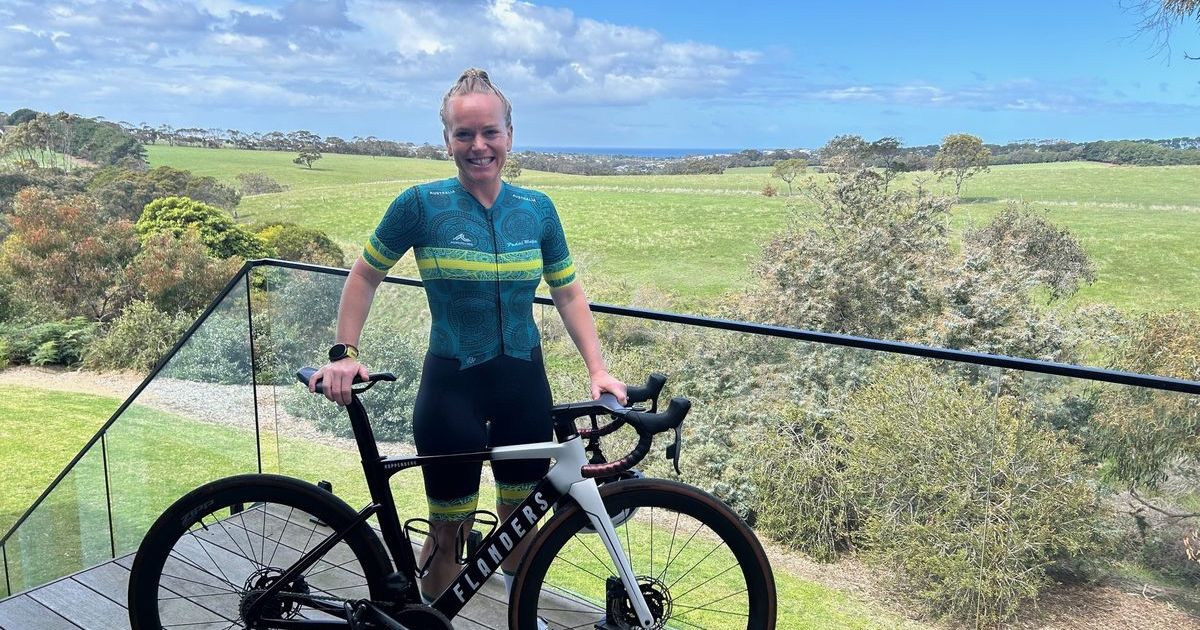The land of Henty
Following on from our article last week which covered the cool climate of Orange. This week we cover another cool climate region from a different perspective.
We mentioned last week that as winemakers continue to adapt to climate change and the warming of many regions, they are looking south or looking up (altitude).
Orange was a case of looking up, while this week we head south to Henty.
Many don’t know where Henty is! The south-western area of Victoria and its coast all the way up to Dunkeld is known as the Henty region.
The area around Hamilton sees a lot of Pinot Noir, Chardonnay, some Shiraz/Syrah and Riesling planted, while the area further South-West sees Riesling and other aromatic varieties dominate with a smattering of Chardonnay and even Cabernet which can thrive in warmer years for the area.
This area has historically been the land of wool, meat and dairy production.
The cool climate, plentiful rain during winter and early spring along with ample of sunshine over the summer period allow for delicate whites and reds with great finesse to be produced.
Whether it is the long history of agriculture in the region or some other factor at play, many of the wineries in the region adhere to or are certified organic and/or biodynamic.
Some producers went straight into this methodology while others slowly shifted their process through observing their land, vines and resulting wines over the course of a decade or more.
This is a theme that is consistent with the finest growers around the world who have moved to this way of growing and producing wine.
It is a slow process of adaptation to the conditions, however the resulting wines possess a mixture of the traditional/classic elements we look for in wines; balance, line, length, complexity as well as showing off the life, energy and vibrancy that has been highlighted by the “natural” movement (although many in the natural movement lack many traditional quality traits and barely tick off the natural traits).
Hochkirch is a classic example of the above.
Jennifer and John Nagorcka established Hochkirch in 1990 using conventional farming and viticulture principles but by the mid-1990s they had begun replanting the vineyard with higher density, varieties that they felt suited the site best (Pinot Noir, Syrah, Riesling and some Semillon).
While the farming was slightly slower to move, it was a natural progression as the Roundup they were using was resulting in soils of poorer health and eventually bigger, badder weeds that had adapted to the herbicide.
As they eliminated its use and moved towards biodynamic mixtures and methods, the vineyard’s health began to improve and, as so many have made the switch realise, the biodiversity in the vineyard helps to regulate itself and result in a healthy, vibrant site.
While the comparison between their blanc and the same wine without sulphur is enlightening as the no sulphur example is vibrant and expressive, their Pinot Noirs are wonderful examples of for the region.
A balance of delicate red berries, brambly fruit and earth with the faintest touch of oak.
This is both deep and intense as well alive, vibrant and digestible.


















